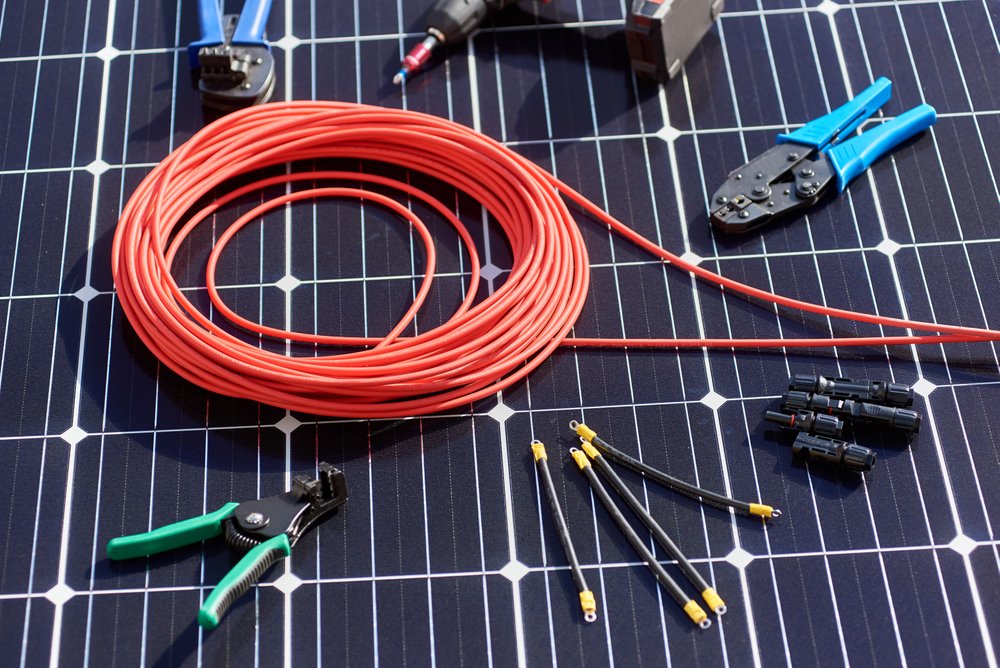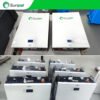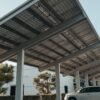Surprising Things No One Tells You About Going Solar.
Surprising Things No One Tells You About Going Solar.
Surprising Things No One Tells You About Going Solar. Switching to solar energy is a smart move for many homeowners and businesses, but there’s a lot that people don’t realize until they’ve gone through the process. From hidden costs to unexpected benefits, here are 15 key insights about solar power that often fly under the radar.
Your Home Stays Connected to the Grid
Most solar systems are grid-tied, meaning:
- You’ll still get a utility bill (though much smaller).
- During a blackout, your system will shut off unless you have a battery backup.
- Net metering credits you for excess energy sent back to the grid.
Surprise Bonus: Some utilities charge “solar fees” for grid maintenance—check your local policies!
Solar Power Doesn’t Work at Night (and Is Less Efficient on Cloudy Days)
Solar panels need sunlight to generate electricity. At night or during heavy cloud cover:
- You’ll rely on battery storage (if you have it).
- Otherwise, you’ll pull power from the grid.
Pro Tip: Pairing solar with a battery (like a Tesla Powerwall) can maximize energy independence.
You Don’t Always Need to Pay Upfront
Many assume solar is too expensive, but financing options make it accessible:
- Solar loans (own the system with little to no upfront cost).
- Leases & PPAs (pay for the energy, not the panels).
- Federal tax credits (26% in 2024) + local rebates can slash costs.
Watch Out: Leases can complicate home sales—ownership is usually better long-term.
Your Roof Condition Really Matters
Before installation:
- Your roof may need repairs or even a full replacement.
- Solar panels last 25+ years, so your roof should too.
- Flat roofs or certain materials (like slate) may require special mounting.
Pro Tip: Get a roof inspection before signing a solar contract.
You May Not Get 100% Offset of Your Energy Bill
Most systems cover 70–100% of usage, but factors like:
- Limited roof space
- Shading from trees or buildings
- Local utility caps on system size
…can reduce your offset.
Bonus Fact: Some utilities charge a minimum monthly fee, even if you generate all your own power.
Panel Orientation and Shading Are Huge Factors
- South-facing roofs (in the Northern Hemisphere) generate the most power.
- Even small shadows (from chimneys, trees, or vents) can drastically reduce efficiency.
- Microinverters (vs. string inverters) can help mitigate shading issues.
Pro Tip: A professional shade analysis is worth it before installation.
Not All Solar Installers Are Equal
Choosing the wrong company can lead to:
- Voided warranties from poor installation.
- Roof leaks from improper sealing.
- Overpromised savings that don’t materialize.
Red Flag: High-pressure sales tactics or “too good to be true” pricing.
Solar Panels Require Very Little Maintenance
- Rain usually keeps them clean, but dusty/snowy areas may need occasional cleaning.
- Inverters may need replacement after 10–15 years.
- Monitoring apps help track performance.
Fun Fact: Solar panels degrade at ~0.5% per year, meaning they’ll still be ~85% efficient after 25 years.
Selling Your Home Can Get Tricky (But Usually Adds Value)
- Owned systems typically increase home value.
- Leased systems may require the buyer to take over payments.
- Some buyers are wary of solar—be ready to explain the benefits.
Data Point: Homes with solar sell 20% faster and for ~4% more (Zillow).
You Might Start Thinking Differently About Energy
Many solar owners become:
- More energy-conscious (smart thermostats, LED bulbs, etc.).
- Interested in EVs, home batteries, or even going off-grid.
- Advocates for renewable energy policies.
Unexpected Benefit: Some utilities offer time-of-use (TOU) plans that maximize solar savings.
Solar Panels Can Lower Your Roof Temperature
- By absorbing sunlight, panels reduce heat transfer into your home, cutting cooling costs by up to 5%.
Solar Can Be Installed on the Ground (Not Just Roofs)
- If your roof isn’t ideal, ground-mounted systems are an option (if you have space).
Solar Technology Keeps Improving
- Bifacial panels (capturing light on both sides) and perovskite solar cells (higher efficiency) are emerging.
- Waiting for “the next big thing”? Current panels are already highly efficient and cost-effective.
Final Thoughts
Going solar is a smart investment, but it’s important to go in with realistic expectations.



